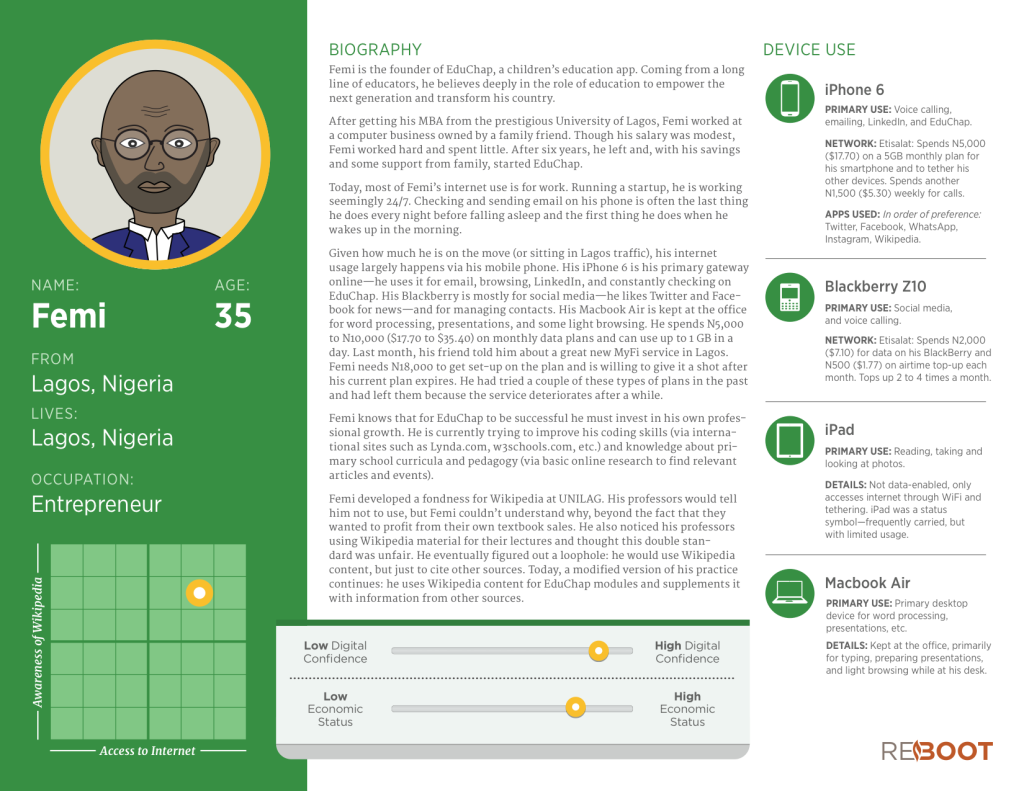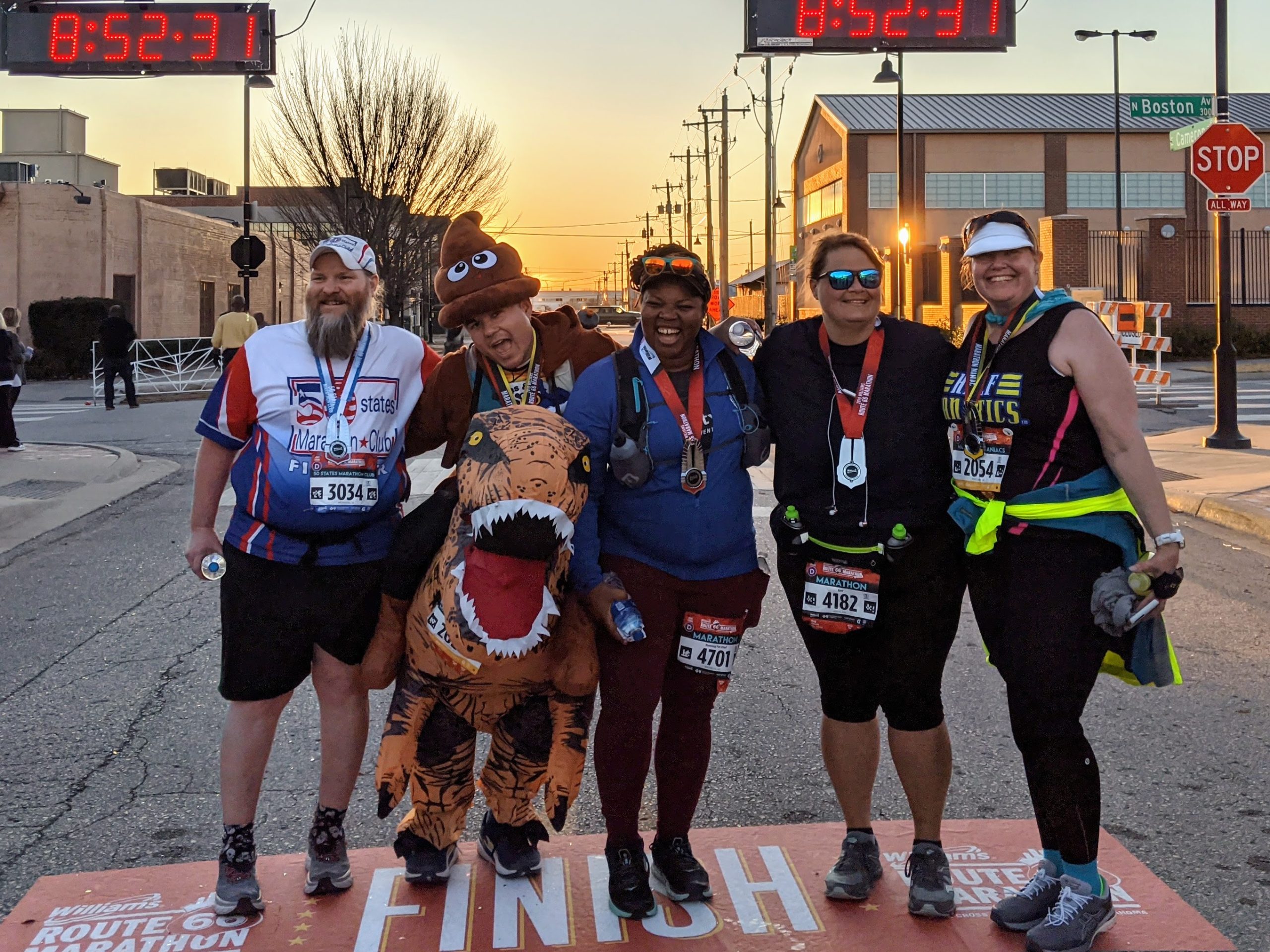Who Is Your Customer?
Creating Buyer Personas

Creating customer personas
A customer persona is like a character sketch of your perfect customer. You base it on actual data from your current customers and research into your target market. Knowing your customers’ needs, wants, and pain points helps you tailor marketing and sales strategies that really click with them.
So, how do you create a customer persona? First, gather data about your target market. You can get this from:
- Customer surveys
- Website analytics
- Social media insights
- Industry reports
Now, with your data in hand, let’s build that persona. Give them a name and a job title. Then, dive into the details:
- Demographics: Age, gender, location, income level, and so on.
- Psychographics: Interests, hobbies, values, and more.
- Challenges: What big hurdles does your persona face?
- Goals: What’s your persona aiming for?
- Pain points: What bothers or frustrates your persona?
- Needs: What does your persona need to reach their goals?
Shaping Strategies
With your customer persona complete, use it to shape your marketing and sales strategies. For instance, craft targeted content that speaks to their interests, or develop sales pitches that address their specific needs and pain points.
Creating customer personas is super helpful for boosting your marketing and sales results. By really understanding your target market, you can design campaigns that convert leads into customers more effectively.
A few extra tips for creating customer personas:
- Get different perspectives by involving multiple people in the process.
- Be as specific as possible—the more details, the better.
- Keep your personas up-to-date as your target market evolves.
Storytime
Here’s a personal example of how creating customer personas can be a valuable exercise. When I was working as the marketing director for the Route 66 Marathon in Tulsa, we started working on our customer personas. The good news was that through the registration process, we already had a lot of information about each of our participants. A lot of that information even showed up on their runner bib, such as which distance they were running or walking, If they were a member of a running club, which start corral they were in. Being in corral A or B meant they were more likely a fast runner, while C or D indicated they were either one of our “party runners,” back-of-the-packers, or they simply registered late.

During the registration process, we also asked if they would like to participate in our bloggers/social media panel and inquired about their job. So, by looking at photos on a plane ride back from a conference, we were able to identify and create our personas. By understanding the different types of participants, we could then create targeted marketing campaigns that catered to the various runner profiles, enhancing our overall marketing strategy.
In summary, gathering as much information as possible about your customers from the very beginning is crucial to creating effective customer personas. The more data you have about their demographics, psychographics, challenges, goals, pain points, and needs, the better you can tailor your marketing and sales strategies to resonate with them. By understanding your customers’ unique characteristics, you can create targeted campaigns that drive engagement and conversions, ultimately leading to a more successful business.
How to Create a Buyer Persona
- Try using this free template for a Buyer Person by Semrush.
- Watch the video: How to create a buyer persona to boost your marketing by Semrush.

